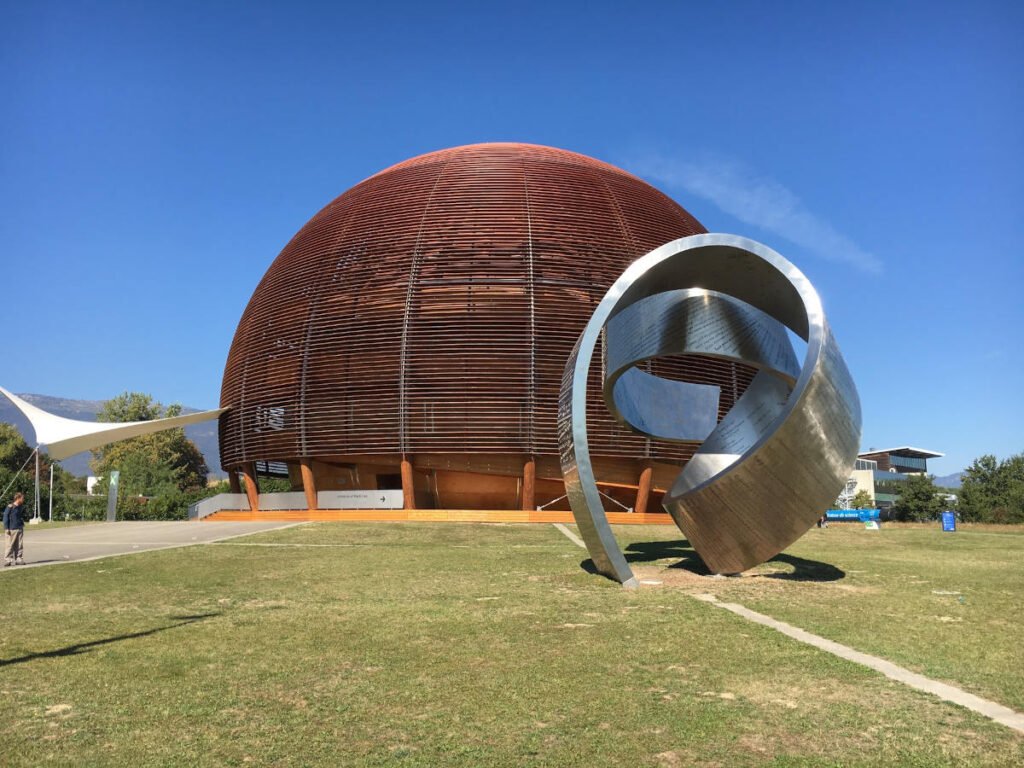4th July 2012
The Higgs Boson is discovered
For a long time, scientists were at a loss to explain why objects had mass. This is sometimes confused with weight but, more accurately, it is a measure of the resistance that an object offers to being moved. That’s why a heavy rock might offer a lot of resistance to being moved while on Earth, where it’s affected by gravity, but very little resistance when in space. Although the rock still has the same number of particles, its mass will be less because it offers less resistance.
When the universe was created, all particles lacked mass. Some still do, like the photons that make up light, which is why they can travel at – literally – the speed of light. However, almost immediately after the Big Bang, something happened that changed this masslessness for most particles.
Edinburgh discovery
In the 1960s, Professor Peter Higgs of the University of Edinburgh was one of a handful of scientists who proposed that a force field must have been created and that when particles passed through it they picked up something extra that gave them mass. The force field was given the name the Higgs Field, and the extra ‘something’ was named the Higgs Boson. However, in the 1960s, the equipment didn’t exist to either confirm or deny the existence of the Higgs Boson.
Large Hadron Collider
That changed with the construction of the Large Hadron Collider at CERN’s base in Geneva. It recreated the conditions that existed immediately after the Big Bang by smashing particles into one another at high speed and observing how they shatter on impact. Because the Higgs Boson will be unstable, it will almost immediately transform into a pair of photons or four electrons. Looking for this behaviour in the immediate aftermath of the collision would prove things one way or the other.
On 4 July 2012, CERN scientists announced that they had observed behaviour that suggested the existence of a new particle. At the time, they couldn’t confirm that it was the Higgs Boson, although it certainly looked possible. Further work proved the hypothesis correct and, on 8 October the following year, Peter Higgs and Francois Englert were jointly awarded the Nobel prize in physics for “the theoretical discovery of a mechanism that contributes to our understanding of the origin of mass of subatomic particles”.

